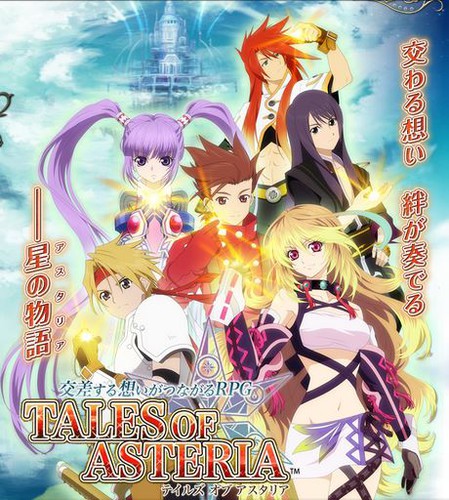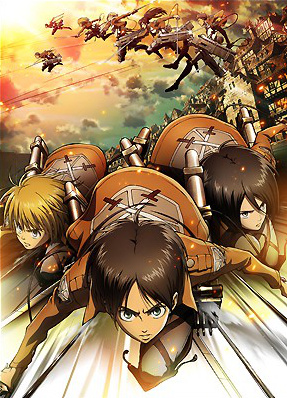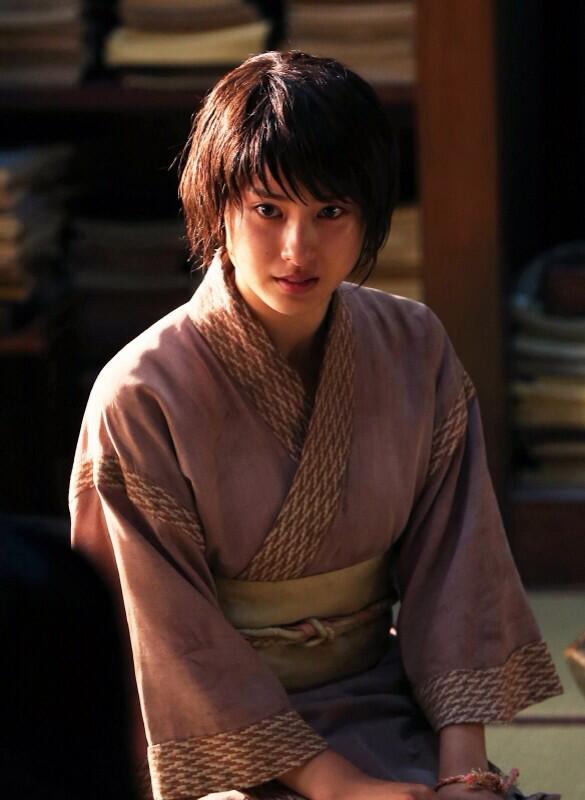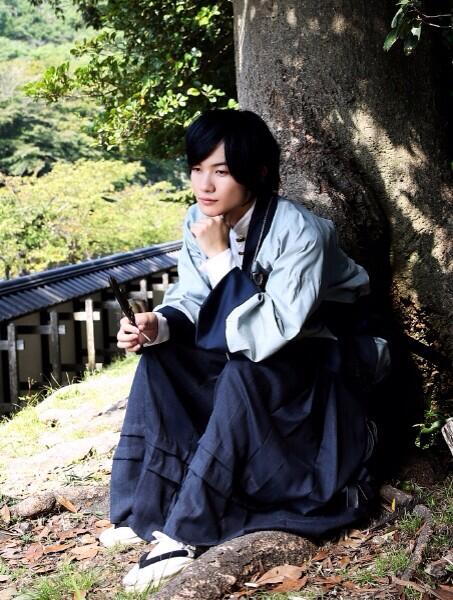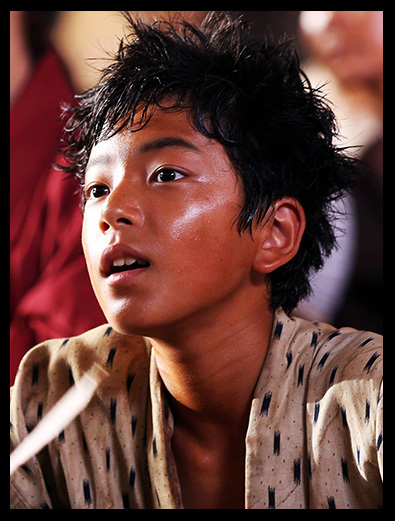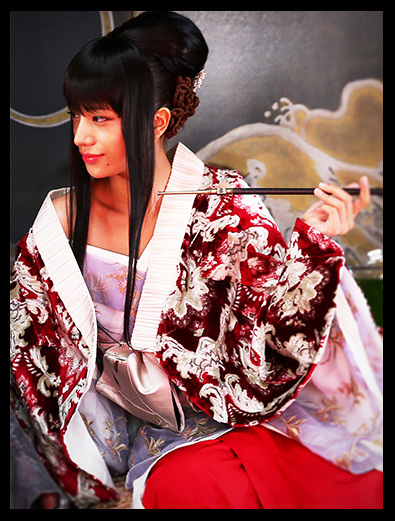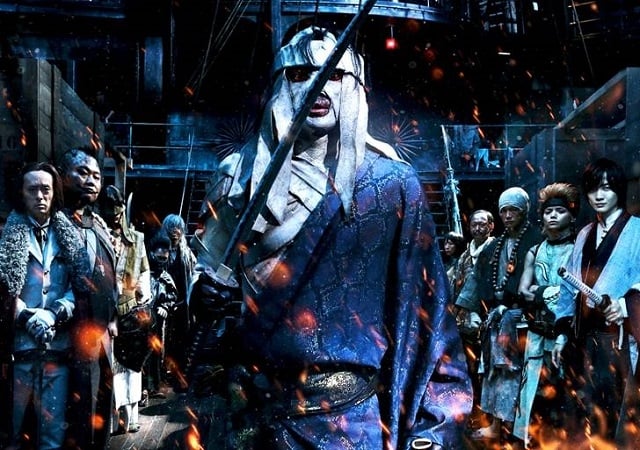I am going to begin this tutorial by addressing one of the most commonly asked questions that I receive: how to draw women's breasts (heh, I never thought I'd actually be making a tutorial about this.... ^_^). One of the most important things you should consider is to make your subject look natural; you can draw an attractive female without making her look like a "silicon implant ad," as a friend of mine put it. ^_^
The main problems people seem to have with drawing breasts are the shape and the placement. A lot of artists (professionals as well as ametuers) make them look like balloons that have been taped onto the subject's chest; this is hardly a natural look. If you look through figure drawing books, you'll see that they are more like halves of a sphere or overturned teacups rather than balloons.
Now, note the position. Imagine a central guideline that runs down the center of your subject's body, as shown at the left. The breasts are at 45 degree angles from that center line, and are about halfway down the chest (shown by the red diagonal guidelines). Be very careful not to draw them too close together or too far apart, or too high on the chest; these are commonly made mistakes. As you will see in examples below, this basic rule of the 45 degree placement will apply to pretty much whatever pose you are using.
Here is another pose, showing the torso from a front view. Note how the breasts are still located at 45 degree angles from the center line of the body. Oh, also take note of the shading. After looking at various examples, I find that shading in this fashion (rather than just following the lower curves as you would shade a sphere) makes them look more natural.
Here is one last pose to go over the size and placement. It's harder to see here, but the breasts are still at the 45 degree angle from the center line (which isn't draw in this picture; sorry about that ^_^;). Notice that the leftmost breast is drawn as a half-sphere, not as a full sphere. If you want to exaggerate the size, that's your choice, but I personally don't think its necessary.
Now, lets move on to the neck and shoulders. When you draw the shoulders, notice that they are slope down smoothly, they aren't flat. Try to take the musculature structure of the neck and shoulders into consideration, especially if you are going for a more realistic look. They should be shaped more like a clothes hanger, and not drawn flat an hard.,
Here are some more examples of various shoulder positions. Notice that the shoulders are never drawn flat and dull.
One more thing I wanted to cover regarding the torso is how to draw it if an arm is lifted. ^_^ I have personally found this difficult sometimes, so I figured it was a good thing to go over. If the arm is lifted, then the back of the torso will be exposed. Although a female's torso isn't as round and full as a males, it should still stick out in the back. Don't make the upper torso too narrow. Notice also how the top of the right-most breast doesn't just keep curving inwards in a circle; remember that it is not a full sphere, so it is attached to the muscles of the shoulder.
